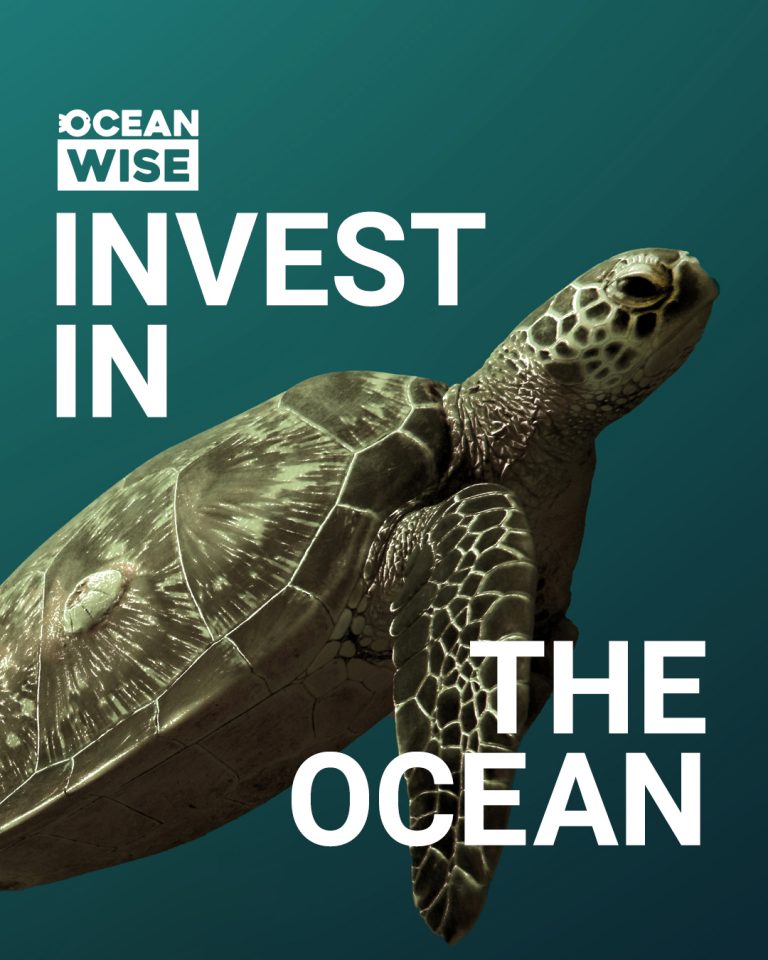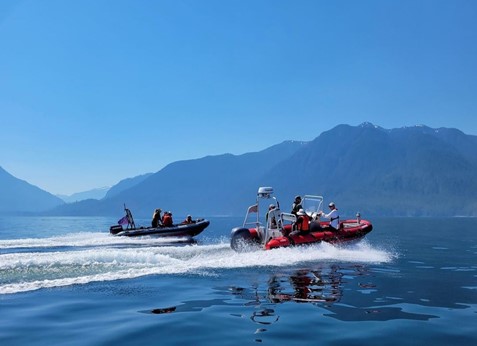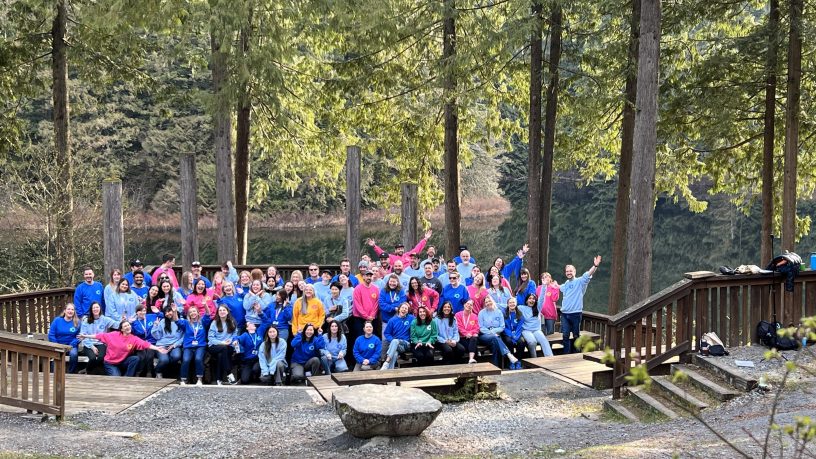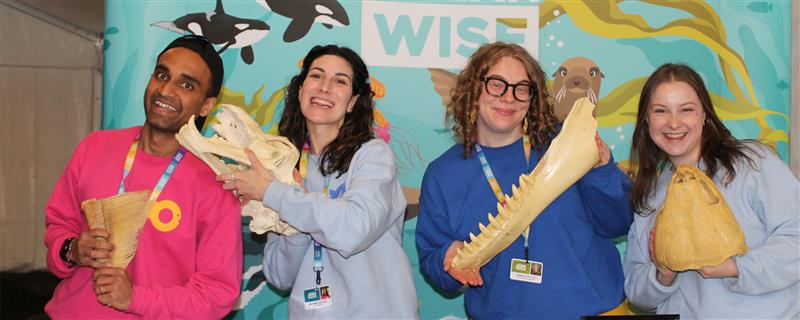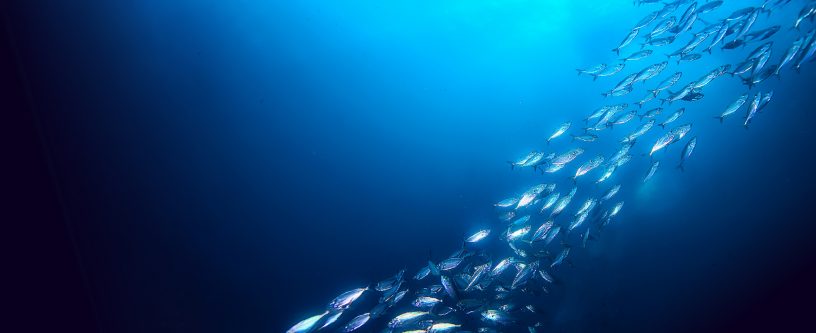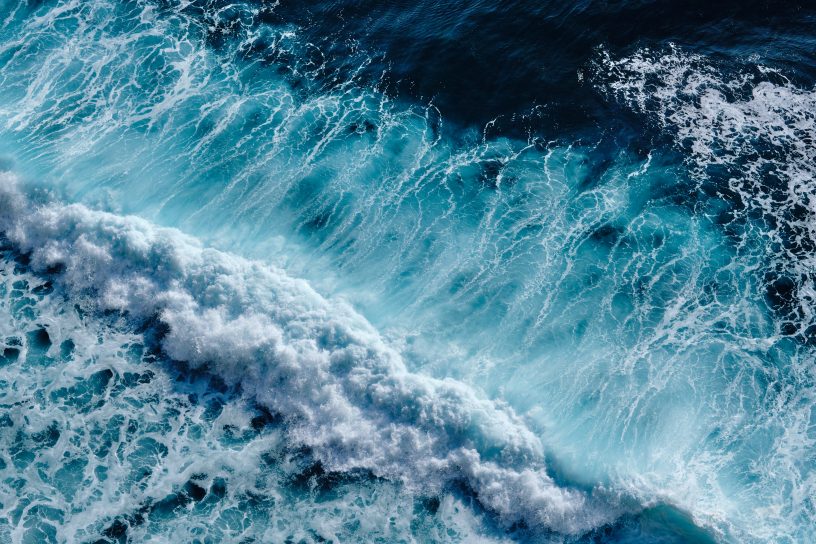
Aquaculture 101: Part 2
More than half of seafood consumed globally is farmed. In order to shed some light on the opaque sources of our seafood, I wrote an overview of popular farmed species (see Part 1). Next, let’s address a farmed and controversial species here on Canada’s west coast: salmon.
How are BC’s wild salmon populations doing?
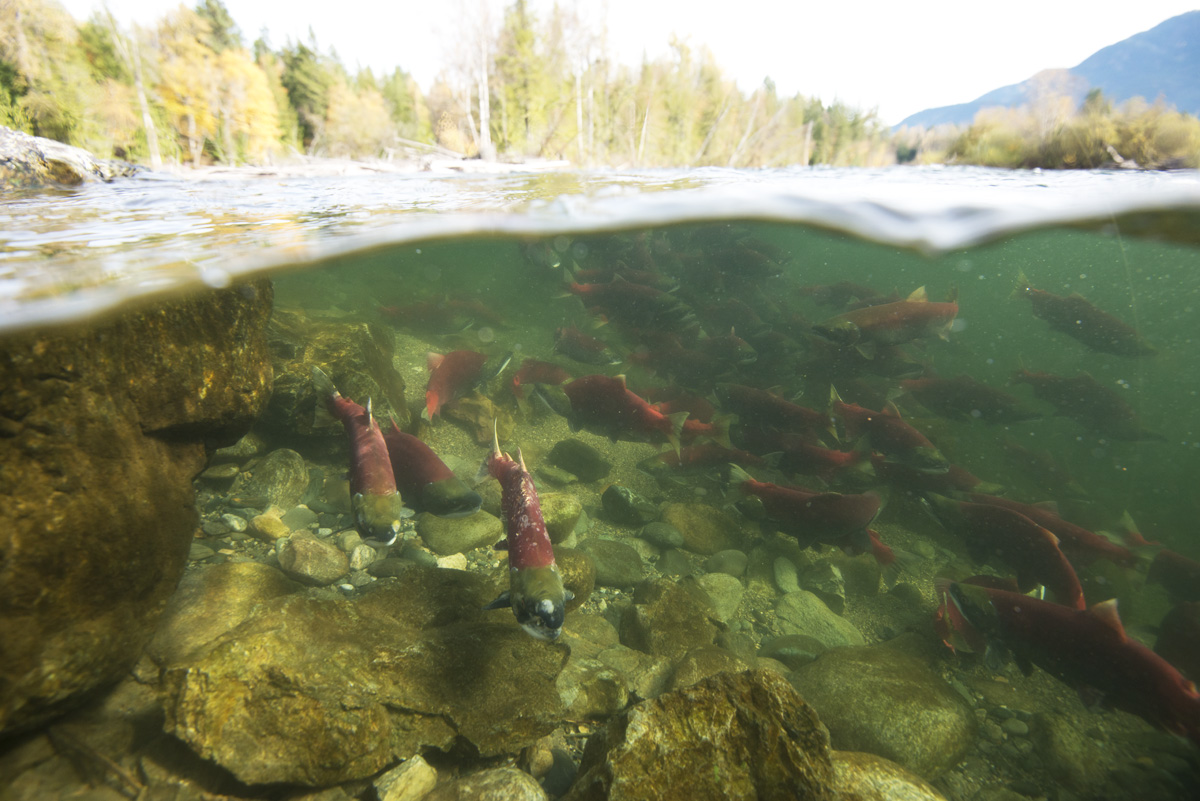
You have probably heard that populations of Pacific salmon (sockeye, Chinook, chum, pink, coho) are not as healthy and abundant as those of the past. In fact, the salmon faces terrific challenges to their survival from life’s earliest beginnings. The average sockeye female will spawn 3,000 eggs, and of those, only 12 will survive to the adult stage, and 4 of those 12 will survive to spawn for the next generation. It is against these odds, that salmon must confront other issues that can further affect their survival. Climate change affects all marine animals globally. Salmon in particular can experience run failures due to high water temperatures and acidification can cause poor egg survival. Changing oceanic conditions can cause salmon’s preferred prey to be replaced by other choices that are not ideal nutritionally. Climate change can cause invasive predators to expand their range into British Columbia and trigger harmful algal blooms.
General habitat damage is also a threat to Pacific salmon as they lose habitat from a multitude of human industrial activities including urbanization and development, gravel extraction, mining, hydroelectric projects, and forestry to name a few. Contaminated effluent from municipal wastewater, agriculture, vehicular traffic, and pulp mills can also affect survival. Even wildfires can affect salmon habitat via erosion, increased water temperature and turbidity, and the use of water retardants. Some salmon can use up to 12 different habitats during their life cycle.
As they are a migratory species, Pacific salmon rely on both freshwater and oceanic habitats, and travel extensively before returning to their native stream to spawn. Their use of so many habitats means that there are multiple opportunities for them to encounter challenging conditions. Not all the issues that salmon face are environmental. In BC, the fisheries are well-managed with rules that fishers must follow. However, incidences of poaching can affect vulnerable salmon stocks when they are illegally caught and sold.
How are Atlantic salmon net pen farms affecting wild Pacific salmon?
Recently, there has been much media around the impacts of farmed Atlantic salmon on wild Pacific salmon. Unfortunately the issue is complex and far from being black and white. It would be incorrect to say that farmed Atlantic salmon are the sole and definite cause of the poor wild salmon runs in BC, and that removing farms from the oceans would restore the stocks. It would also be equally incorrect to say that the wild Pacific salmon are absolutely not affected by the fish farms and suffer zero impacts from them. That being said, Atlantic salmon raised in BC is not recommended by Ocean Wise.
Why does Ocean Wise not recommend farmed Atlantic salmon?
1. Disease
Disease is one of the criteria for assessing the sustainability of any farmed species because of the concern that it may be passed on to wild populations. Farmed salmon do get sick, and we are aware of this because they are visible in the net pens, can be counted, collected, and recorded. Wild salmon also get sick, however it is extremely difficult to detect and to assess the severity of a disease passing through a wild population. This is because wild populations are hard to test. Testing would require sampling the same wild population multiple times, which is challenging because salmon are migratory.
Examining the impacts of disease on wild salmon in a laboratory is possible, although laboratory results cannot replicate what would happen to the same salmon in the wild, as wild salmon are exposed to a number of environmental conditions and multiple pathogens, whereas a laboratory only tests for one pathogen at a time in a controlled environment. As of yet, there is not enough evidence to conclusively prove that farmed salmon are the cause of disease in wild salmon, but as a precaution, this is considered a risk.
2. Antibiotics
Chemicals are the main reason why farmed Atlantic salmon in open net pens does not meet the Ocean Wise criteria. Using antibiotics in an open net pen system means that the effluent flows untreated into the environment. To put the antibiotic usage in context, 5.1 grams of antibiotics were used per metric tonne of farmed salmon in BC in 2015. In comparison, Norway used only 0.3 grams and Chile used a whopping 445 grams.
Shrimp are the most popular seafood in North America, and non-Ocean Wise shrimp are given 700 grams of antibiotics per metric tonne per year.
3. Sea lice
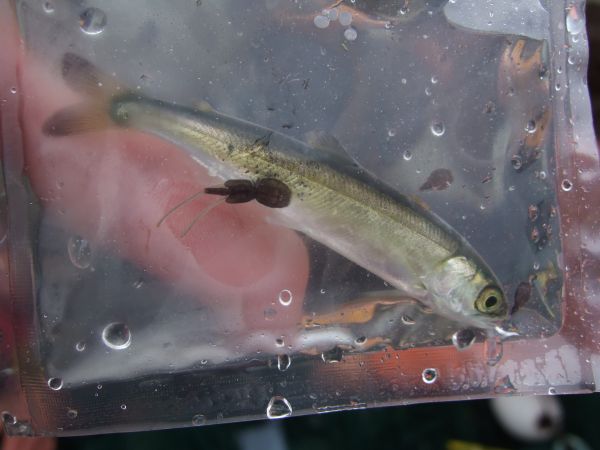
Sea lice are present in both farmed and wild fish. The main issue around open net pen farms is the possibility that adult farmed salmon are passing on lice to juvenile wild salmon when they swim through the farms along their migration routes. This is problematic because while lice are not usually fatal to adult salmon, juveniles can be particularly vulnerable because of their small size.
Pink salmon, which migrate out to the ocean at a young age, are most at risk since they are of a very small size at this time. Evidence shows that wild salmon are affected by sea lice from farmed salmon. What is unknown is the extent to which they are affected. Researchers are still looking into whether sea lice can cause the decline of numerous species of salmon over the west coast, thus causing the run failure of multiple brood years.
4. Escapes
Atlantic salmon are native to the east coast, so they are an invasive species on the west coast. Escapes from salmon farms are inevitable due to the nature of the open net pens, and there is the risk that escapes could compete with wild Pacific salmon for food, habitat, or spawning grounds. However, Atlantic salmon have historically been purposely been introduced to BC with the intention of establishing a population for sports fishing. Numerous attempts over a couple decades failed, and it appears that Atlantic salmon are poor colonizers in BC. Therefore although escapes are a given, the risk for potential negative impacts is low.
What improvements has aquaculture made?
 While it is good to know aquaculture challenges, it is also important to consider the positives of aquaculture, and its recent improvements. For example, the invention of recirculating aquaculture systems (RAS) i.e. farming seafood inland, is a sustainable technique, and eliminates much of the risk associated with open net pens. On the chemical front, some farms are now using lumpsucker fish to eliminate sea lice from salmon net pens, instead of pesticides. Feed has improved, as we use less wild fish in the feed given to salmon. At the start of the industry, about 3 pounds of wild fish were needed to produce 1 pound of salmon. Now, only about 1.2 pounds are needed.
While it is good to know aquaculture challenges, it is also important to consider the positives of aquaculture, and its recent improvements. For example, the invention of recirculating aquaculture systems (RAS) i.e. farming seafood inland, is a sustainable technique, and eliminates much of the risk associated with open net pens. On the chemical front, some farms are now using lumpsucker fish to eliminate sea lice from salmon net pens, instead of pesticides. Feed has improved, as we use less wild fish in the feed given to salmon. At the start of the industry, about 3 pounds of wild fish were needed to produce 1 pound of salmon. Now, only about 1.2 pounds are needed.
There are also improvements in reducing how much fish food goes uneaten and wasted in the net pens. New technologies monitor the feedings with cameras, ensuring that fish are not fed too much, and pellets sink less quickly so fish have a good chance of eating them.
Finally, British Columbia has started farming native species such as sable fish and Chinook salmon. While scientific reports for these species are still in progress, farming native species is generally better, because any escapes would not be invasive to the environment.
What about that viral video of salmon blood pouring into the ocean?
This year, a shocking video circulated online and in the media. The photo showed a diver hovering next to an underwater pipe which was spouting an alarming bright red plume of fluid into the ocean. The outrage prompted an investigation into all of the seafood processing plants in operation in BC. Evidently, there were several regulation violations detected in many of these processing plants. While salmon farms were the first to be blamed, in reality, five processing plants were dealing with farmed salmon and 11 dealt with wild salmon. News articles did not make clear that both wild and farmed fish are sent to processing plants.
Are farmed salmon dyed pink?
This is only partly true. In fact, the “dye” is actually a natural pigment found in krill. Krill contains a pigment, which is part of the carotenoid family. Carrots are also coloured orange because of carotenoids. While wild salmon obtain pigment directly from eating krill, farmed salmon are given the synthetic version of the same pigment. This is equivalent to getting your daily vitamin C dose from a multivitamin versus eating an orange.
How does farmed salmon impact indigenous peoples?
One cannot talk about salmon farming with talking about its impacts on livelihood and people. Many of us forget how privileged we are and lucky to choose the seafood we prefer with little impact on our lifelihood. However, many indigenous people rely on salmon farms as their only source of year-round employment in their community. Some are opposed to fish farms, but many consider them a lifeline, especially as commercial fishing is usually only seasonal. Indigenous people represent 14% of the labour force in the BC aquaculture industry and 36% of the labour in salmon processing plants.
Some final thoughts on farmed salmon…
Ultimately, Atlantic salmon raised in open net pens in British Columbia are not recommended by Ocean Wise. However, neither are branzino, hamachi, ranched bluefin tuna, eel, and many shrimp. All these species are commonly consumed in Canada, albeit with much less stigma. Fear-mongering media headlines can make aquaculture seem scary, but the issues are never black and white. So be critical and ask questions. We need to factor in vulnerable communities who are part of the aquaculture conversation.
Finally, since half our seafood comes from farms, let us support improvements and get to know the best performers, instead of condemning the whole industry’s existence.
Claire Li is an Ocean Wise Seafood Account Representative
Posted October 3, 2018 by Ocean Wise

